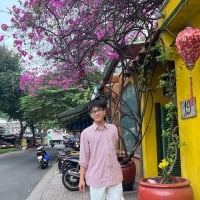Tran Hai Dong is better known by the nickname Big Pilot Daddy associated with the "brand-making" videos about the hat worth up to 3.5 billion VND. Many people question the level of this man's spending when "wearing a luxury car" on his head. Once a pilot with many opportunities to develop in the aviation field, this 36-year-old man from Hai Phong had a big turning point when he switched to the fashion business at an unexpected time.

Tran Hai Dong (1987) is currently the owner of the most expensive Panama straw hat in the world.
FASHION "JUMP"
His love for European clothing "blossomed" in 2008 when Hai Dong began studying abroad in France. His job as a pilot then required him to dress formally in trousers and shirts. Perhaps that is why, from then until now, almost everywhere he goes, he appears in neat outfits, exuding a mature elegance. Despite his love for fashion, it seems that during those 10 years, the European clothing player has not had the chance to stick with this field. It was not until 2019, when the pandemic broke out and work in the aviation industry was suspended, that he began to seriously turn to fashion.

In addition to straw hats, he also tailors European suits for men.
Hai Dong is also known as a famous cigar player in Vietnam. No one knows since when, cigar players have been associated with the image of the straw hat. The straw hat has become a "recognizable feature" in the cigar player community. When he was studying abroad in France, Dong longed to find a truly 'genuine' straw hat, but no matter how determined he was, he could not find one. "Rice hats priced at only 20 - 30 euros are sold everywhere. I tried to find a good quality straw hat but was helpless," Hai Dong recounted.
Around 2020, thanks to his friendship with the owner of a world-famous cigar brand, Hai Dong learned about the "upscale" straw hat that he liked the most. He joined a cigar club because he knew that people who smoked cigars often wore straw hats. The cigar company at that time printed an advertisement for the 'Father and Sun' straw hat line on the cigarette box. Upon noticing, it was not an ordinary straw hat, but a product with sophisticated design in every stitch. When asked, he learned that Montecristi hats were not sold publicly, only for orders from the British royal family or the aristocracy. From here, Dong was introduced by his friend to a manufacturer in Ecuador. The "fate" with Panama straw hats began from there.
At first, Dong only bought Panama straw hats to satisfy his long-standing passion. He bought two, one for himself, the other for storage, but his friend liked it so much that he "brought" them home. Then Hai Dong "bought" 10 just to collect, but every time the hats came home, his friends would "visit" immediately. Having accumulated a fair amount of capital after doing business in aviation for the upper class, Hai Dong decided to "play big" with 300 hats, investing in the straw hat business.
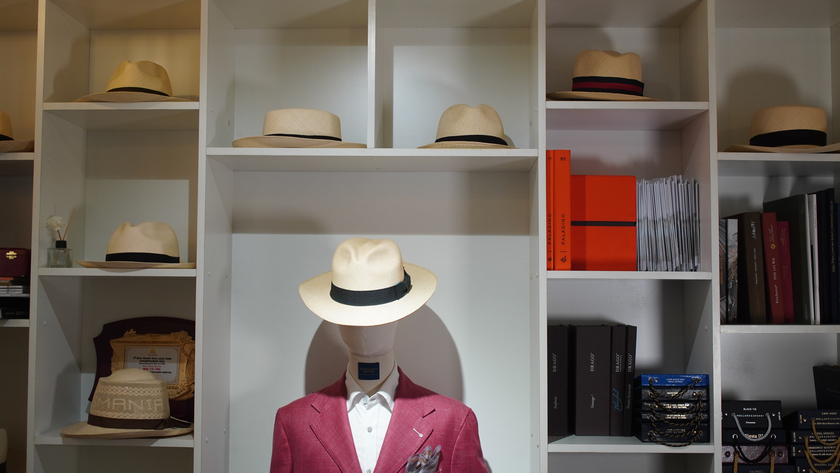
Although he did not graduate with a degree in fashion, love helped him explore and discover many values in this field.
Before coming up with this bold idea, he also surveyed 100 men and 100 women with the same question: "Are you willing to pay more than 10 million for a straw hat?" Only 20% of the men said they were interested. However, up to 99% of the women affirmed that they would not spend such a large amount of money just to buy a hat. However, Dong was still determined to do business with this item, even though at that time few people understood the value of a straw hat with a price of over ten million VND. "Of course, shaping the consumer's perspective in the beginning was quite difficult, but there was no other way but to educate them about the quality and value of the product," Hai Dong said.
The question that always makes him ponder: "Why can the rich spend hundreds of millions of dong on a set of branded clothes, or spend tens of millions on a pair of shoes but wear a 150,000 VND hat bought on Shopee? I think that if they are willing to spend like that, they also need to invest in their hat so that it becomes commensurate with the value of the outfit they are wearing."
Selling luxury goods to the upper class is not an easy task. In addition to value and uniqueness, customers are also interested in the story behind a product. Panama straw hat, a simple-looking hat weighing only a few hundred grams but with an "unimaginably heavy" price, makes many people wonder why this item can be as valuable as a luxury car.
HOW SPECIAL IS THE PANAMA STRAW HAT THAT IT COSTS AS MUCH AS A LUXURY "CAR"?
With a few hundred thousand dong, you can buy a regular straw hat that is mass-produced and sold everywhere in the market. An "industrial" straw hat is cheap, has a pretty eye-catching design, and does not require much effort to produce. On the contrary, a Panama straw hat, which is meticulously crafted down to every stitch, is not easy to own. What is the special story behind a hat that costs up to a billion?
Although its name is associated with Panama, this hat is a famous traditional product of Ecuador. The Panama hat is bright in color, light and airy, often paired with summer clothes, especially clothes made of linen or silk. This hat became popular in the early 20th century as a beach and tropical travel accessory because of its convenience and ventilation.
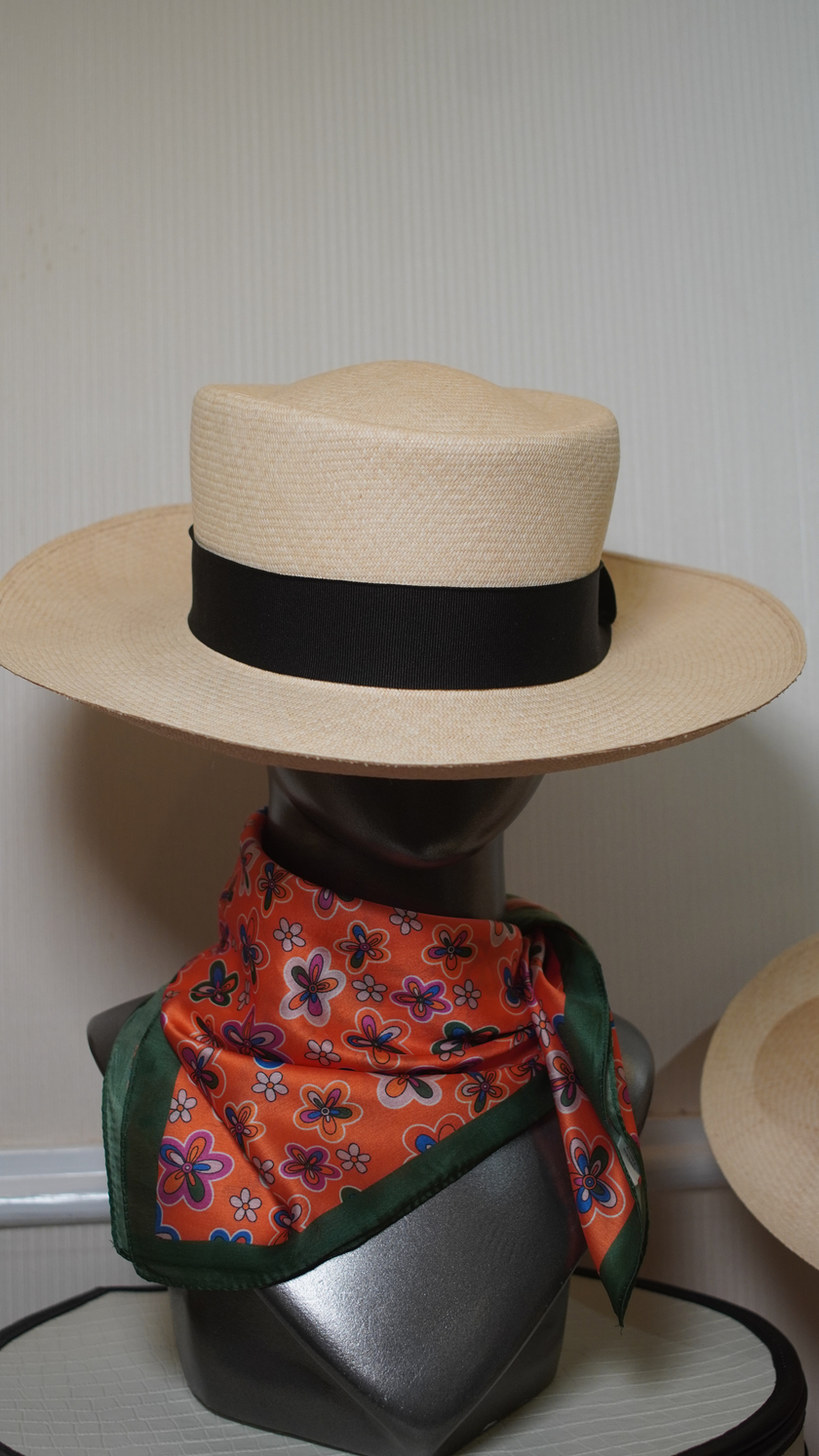
Nowadays, people can use this type of hat as an accessory for many different dressing styles.
One thing that makes the Panama straw hat valuable is the completely handmade process. Accordingly, the fibers of the Paja Toquilla tree are separated by deer antlers, rolled into a pot and stirred over a fire with herbs and a small amount of sulfur to remove chlorophyll, then dried under natural sunlight. This process helps the straw fibers to have an even color, prevent mold and makes the product more durable and sturdy.
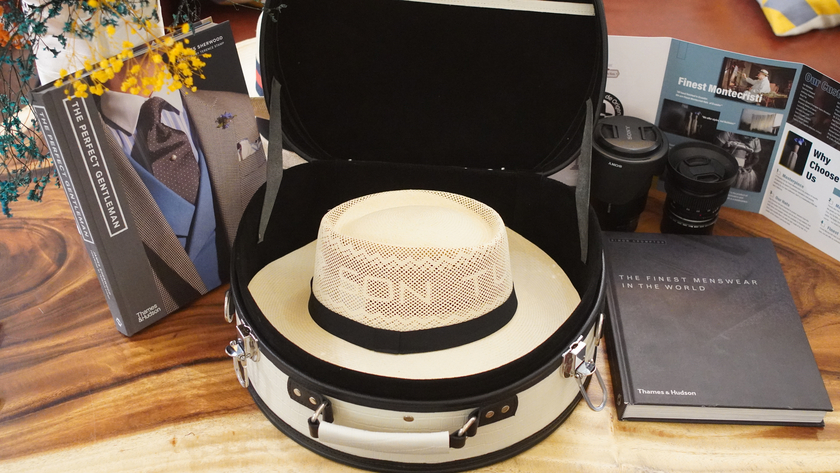
The finer and more uniform the sedge fibers and the denser the weaving, the higher the quality of the hat.
The fishbone weaving technique requires the worker to work face down on the ground for more than 10 hours a day. According to the workers in Ecuador, although this position looks strange, it will ensure the accuracy of each stitch, helping the hat become symmetrical. Panama straw hats are woven from the center, starting at the top of the hat, ending with the stitch marks around the brim.

The traditional Ecuadorian art of weaving toquilla hats is listed on the UNESCO Intangible Cultural Heritage List.
In fact, this activity is quite "tense", not only because of the intensity of work because if you tighten too much, the sedge will break immediately, all previous efforts will be wasted. On the contrary, if you tighten lightly, the artisan will not be able to create a "work" with a weave of over 50 (50 WPI). The WPI level (Weaves Per Inch - Weaving density per inch) can evaluate the difficulty of implementation, implementation time, the skill of the hat weaver and its value.
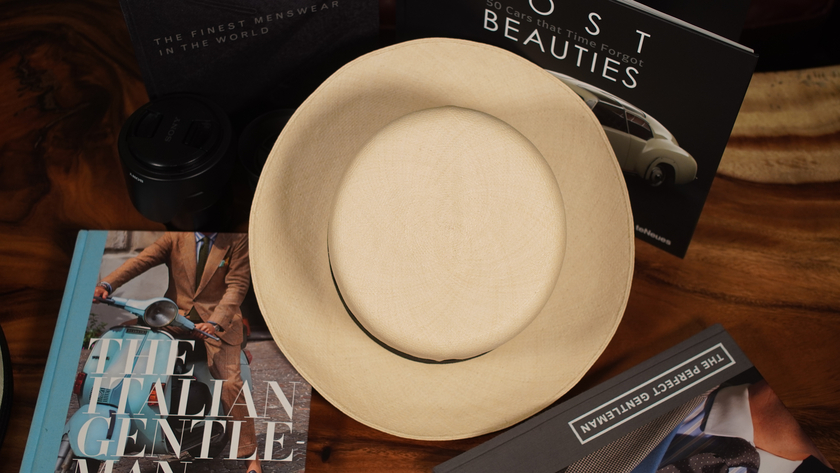
To see the sophistication in each weave, customers can use a flashlight to shine from inside the hat to see the skillful craftsmanship of the weaver.
The hat that Tran Hai Dong owns has "caused a fever" because its price is equal to that of a luxury car, it is a 59 weaves type (59 weaves/square inch). This hat was made by master weaver Simón Espinal, the only one in the craft village of Pile, located near the town of Montecristi. The artisan had to work about 10 hours/day for 14 months straight. If they had to complete the order earlier, they would have had to work 14-18 hours/day to complete the hat. In addition, they also had to use magnifying glasses to process the weaves precisely, both evenly and smoothly, creating the shape of the hat and the weave marks around the brim.
The process is completely handmade with a highly skilled weaving technique. The weaver must be extremely careful with each stitch and work hard for months to complete, making the price of the Panama straw hat sky-high. Many people have spent hundreds of millions of dong to own a Panama hat - a sophisticated handmade product, a symbol of the high-end hat village.







